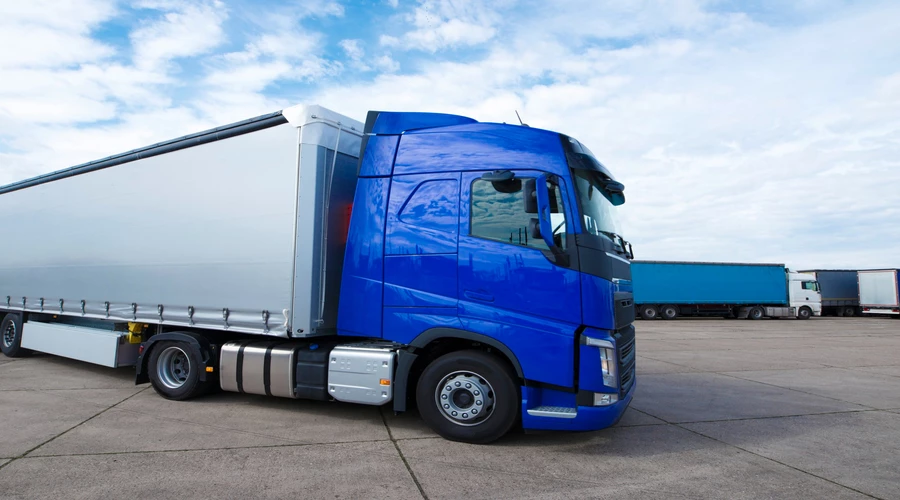
2021’s global disruption gave the logistics industry a good number of challenges to face in 2022. The following five challenges have one thing in familiar, it is a common solution: supply chain flexibility.
Global logistics is difficult to manage due to the absence of transparency in the supply chain. While technology has advanced in recent years, many organizations still only receive data about the transport of their products days or even weeks after their goods were delivered at the final destination.
Of course, all these points bring an opportunity for growth and development. If you can find a way to overcome the challenge, you can be sure that you’ll capitalize on that. Here’s what you should pay attention to in the following year.
We can safely say that this is the single huge problem in the industry at the time. In some cases, the transportation costs come to reach 50% of the value of the goods. Many retailers are choosing to let just one or two shipping companies take care of their entire transport. Their reasoning is simple —if you are shipping more than one carrier, you get better rates. And while all that is true, you have to trust one company with your complete stock.
Sustainable logistics practices, such as route optimization and reducing half-full trucks, are more adequate and often more profitable than non-sustainable practices. Beyond this clear advantage, businesses that pursue sustainable practices throughout their supply chain are better prepared to stay ahead of new legislation in decarbonization, avoiding bottlenecks due to non-compliance.
Logistics companies already need to start applying new and innovative technology solutions. They help you increase productivity and decrease costs in the long run. And we’re already at the point when things like warehouse management systems are becoming non-negotiable.
As vaccine formulation and distribution ramps up globally, temperature-controlled supply chains will be put to the test. To maximize performance, the cold chain will need to rely on real-time reporting to boost visibility for cold shipments, using technology, not every supply chain has adopted.
E-commerce is becoming more famous each year due to the heightened use of the internet. A lot of the goods bought online come from overseas and it can take days if not weeks to arrive. The end customer wants to be updated or be able to track the shipment of their products themselves, but correct data is simply not available.
Approaches may differ depending on the requirement of a given business, but no matter where you stand in the logistics ecosystem, one conclusion seems certain: digitalization is the most adequate way to build a tough and effective supply chain.
Almost all of the challenges detailed here are easier to manage with the help of 13SQFT.COM. It is a fully integrated solution that can improve your business's performance and future-proof your supply chain.
POSTED BY
Ishika Adhana
Digital Marketing Executive